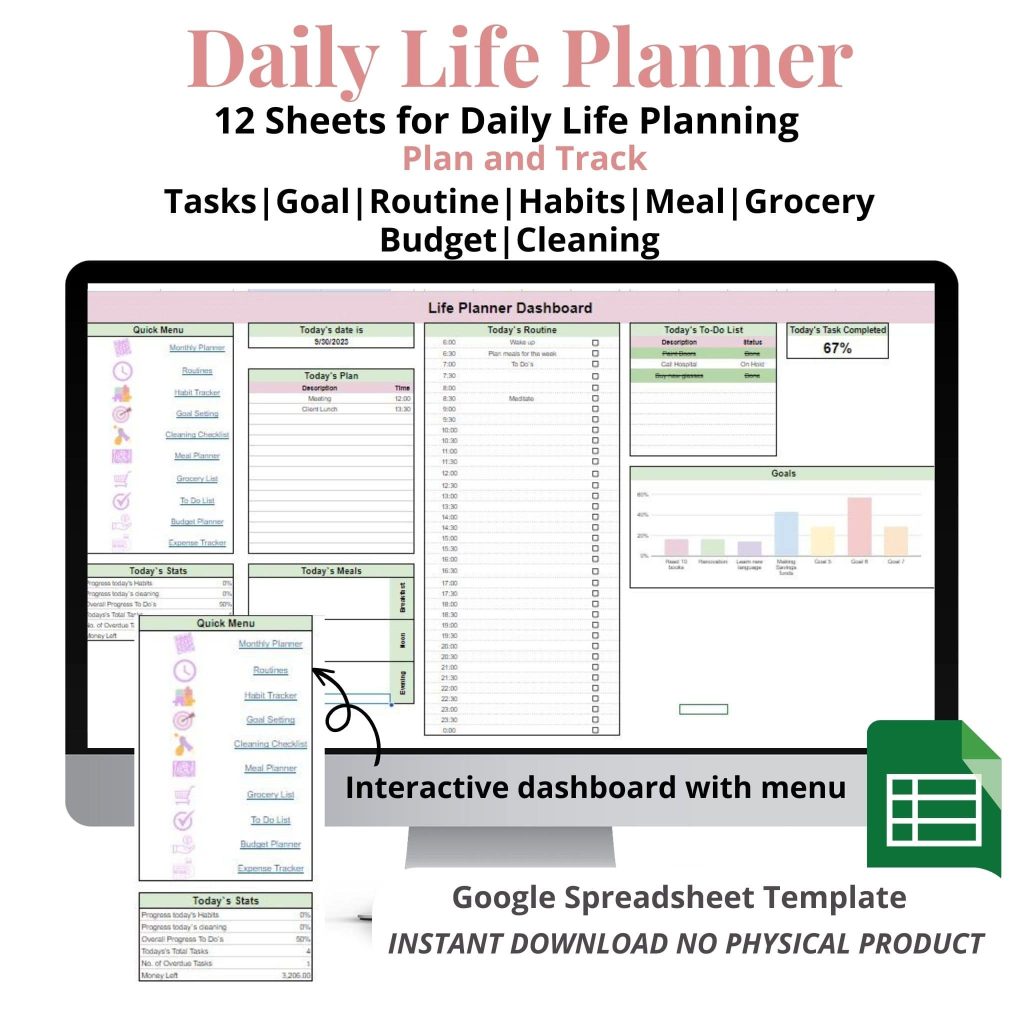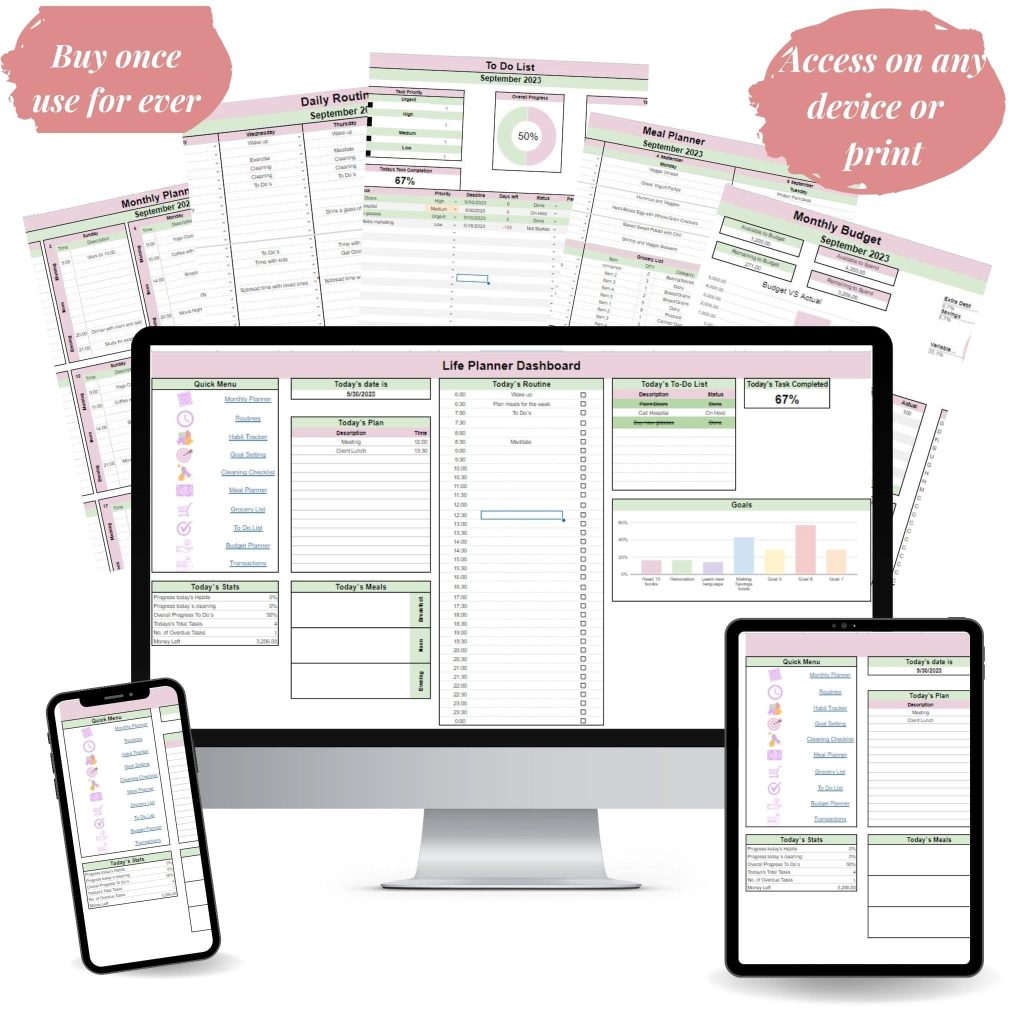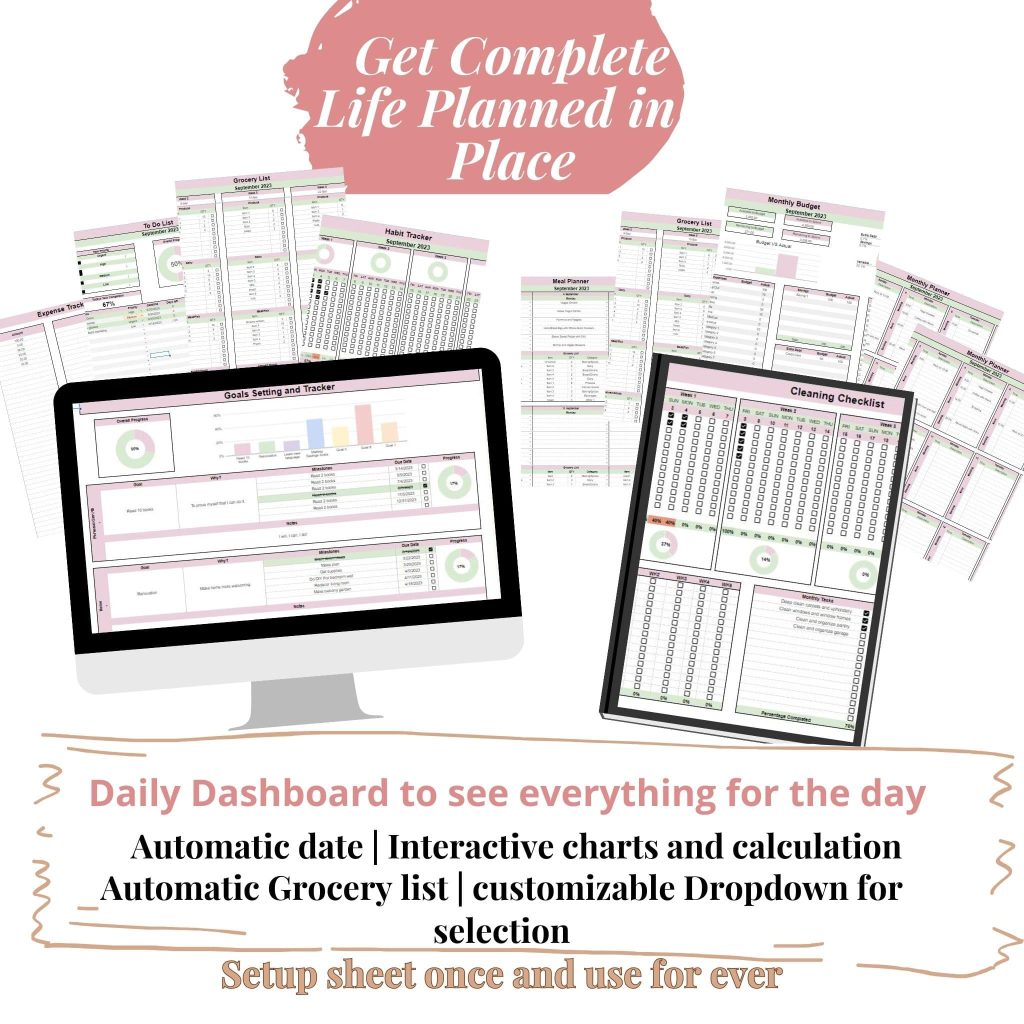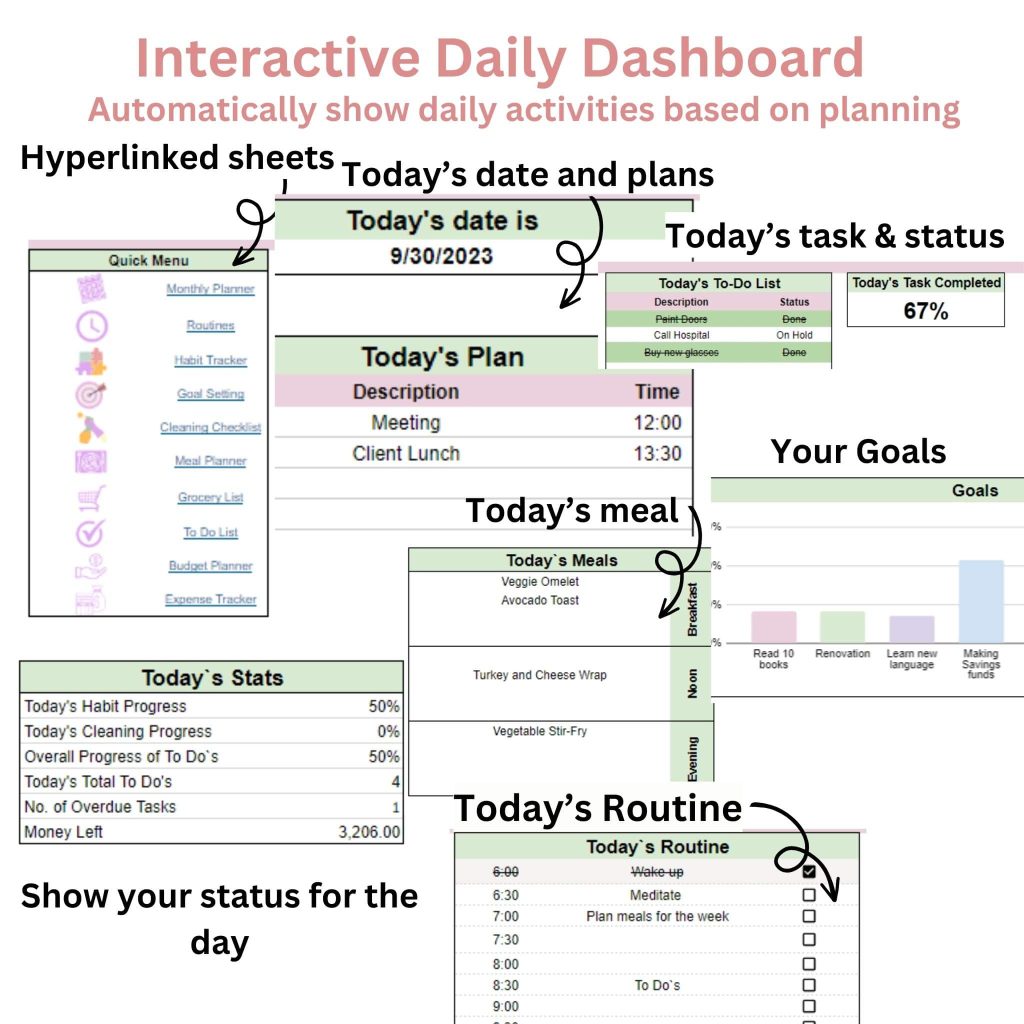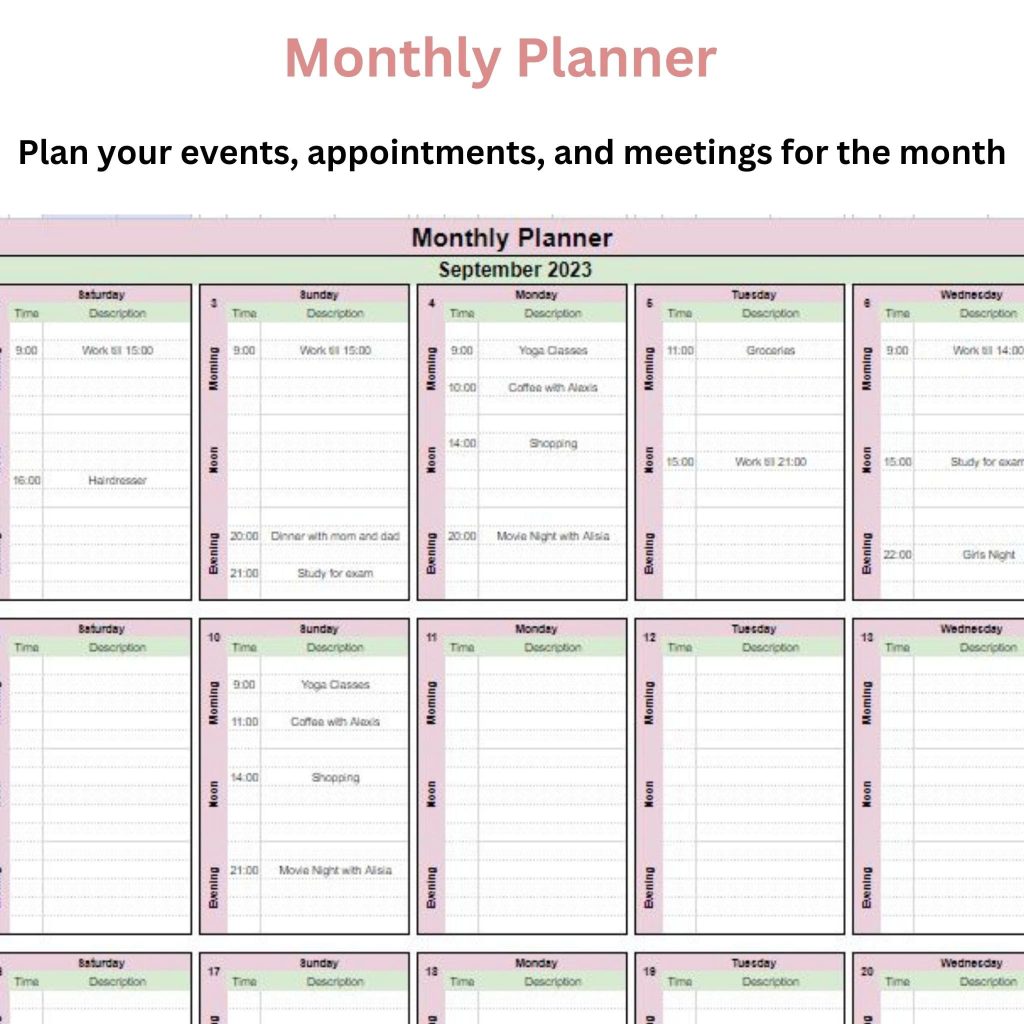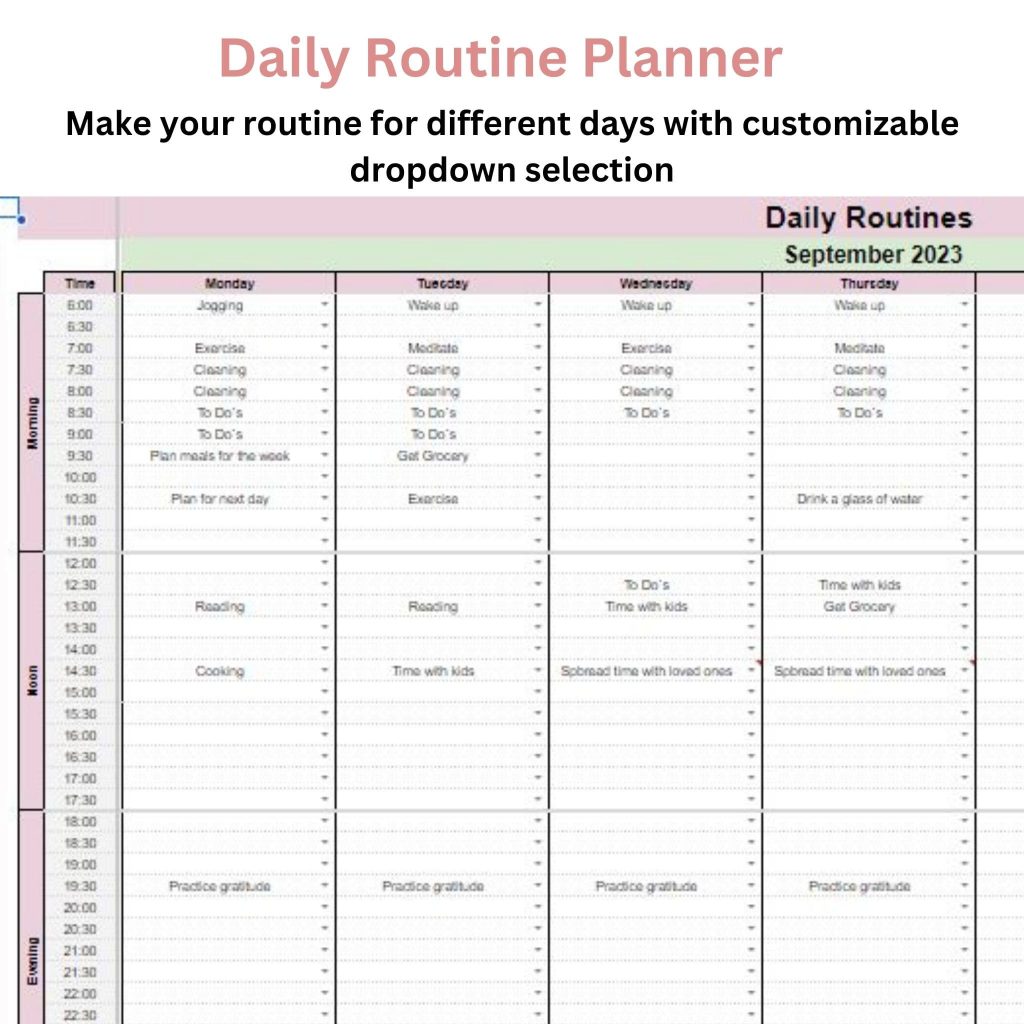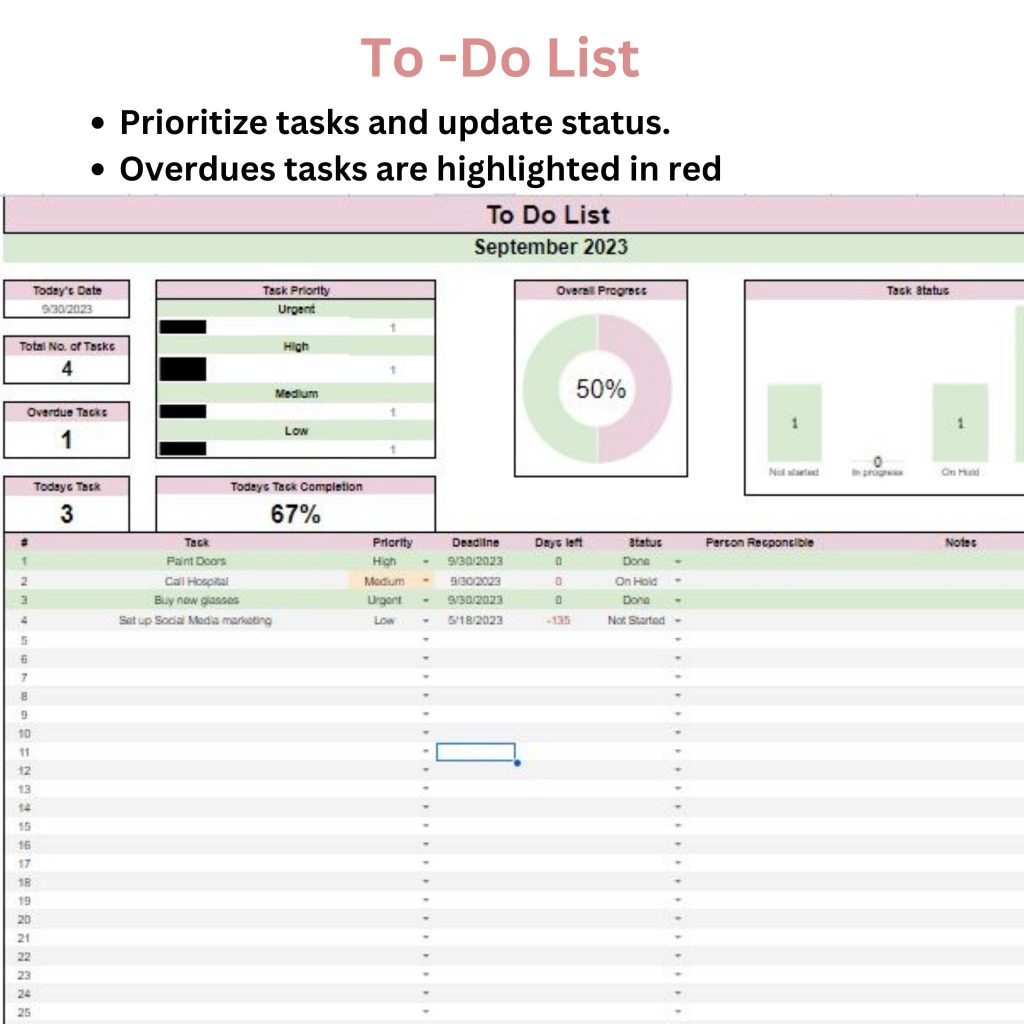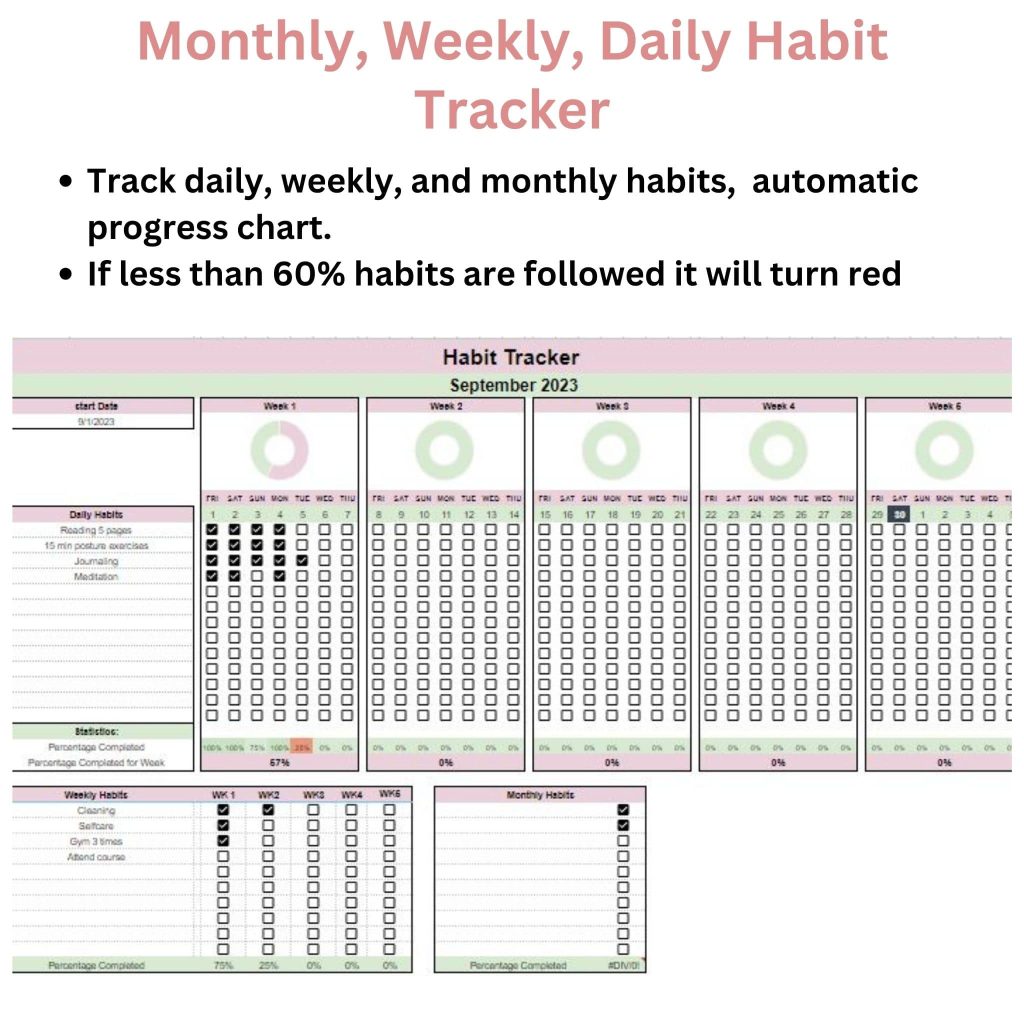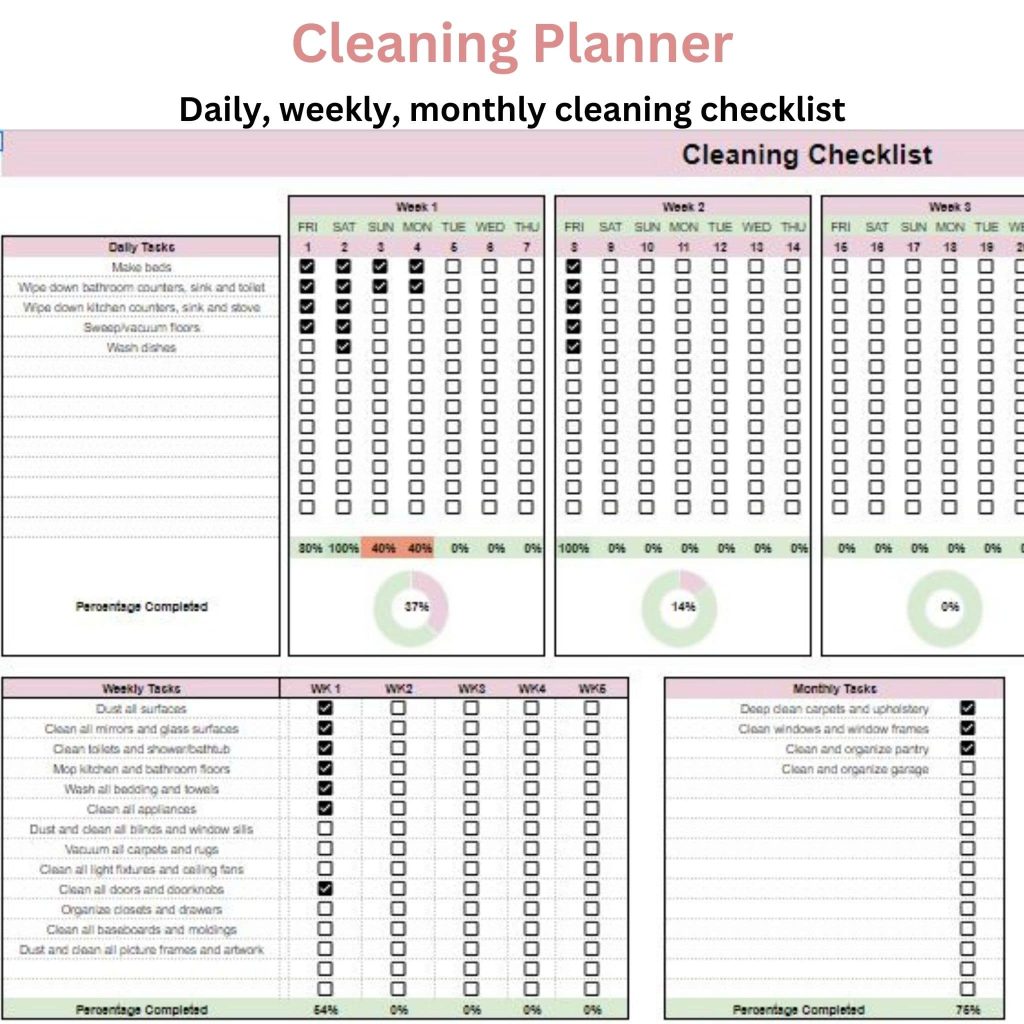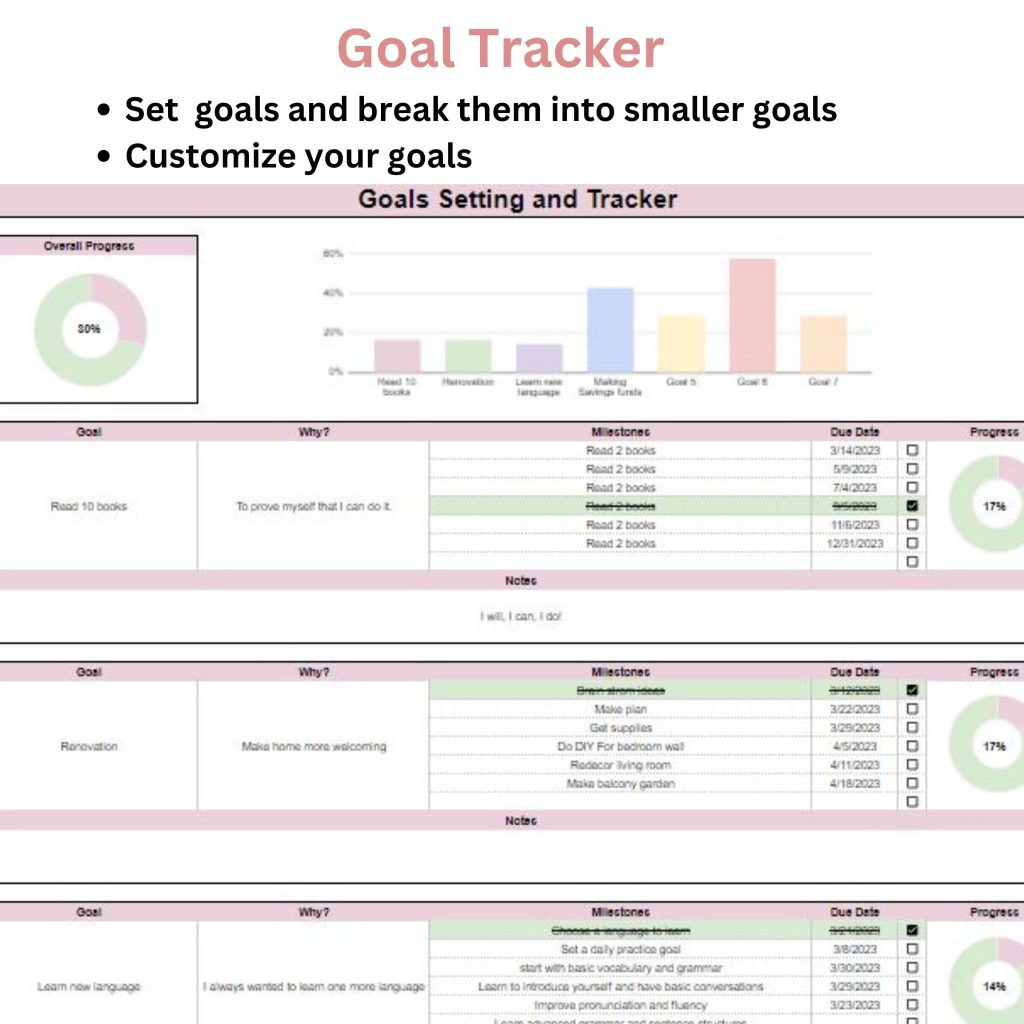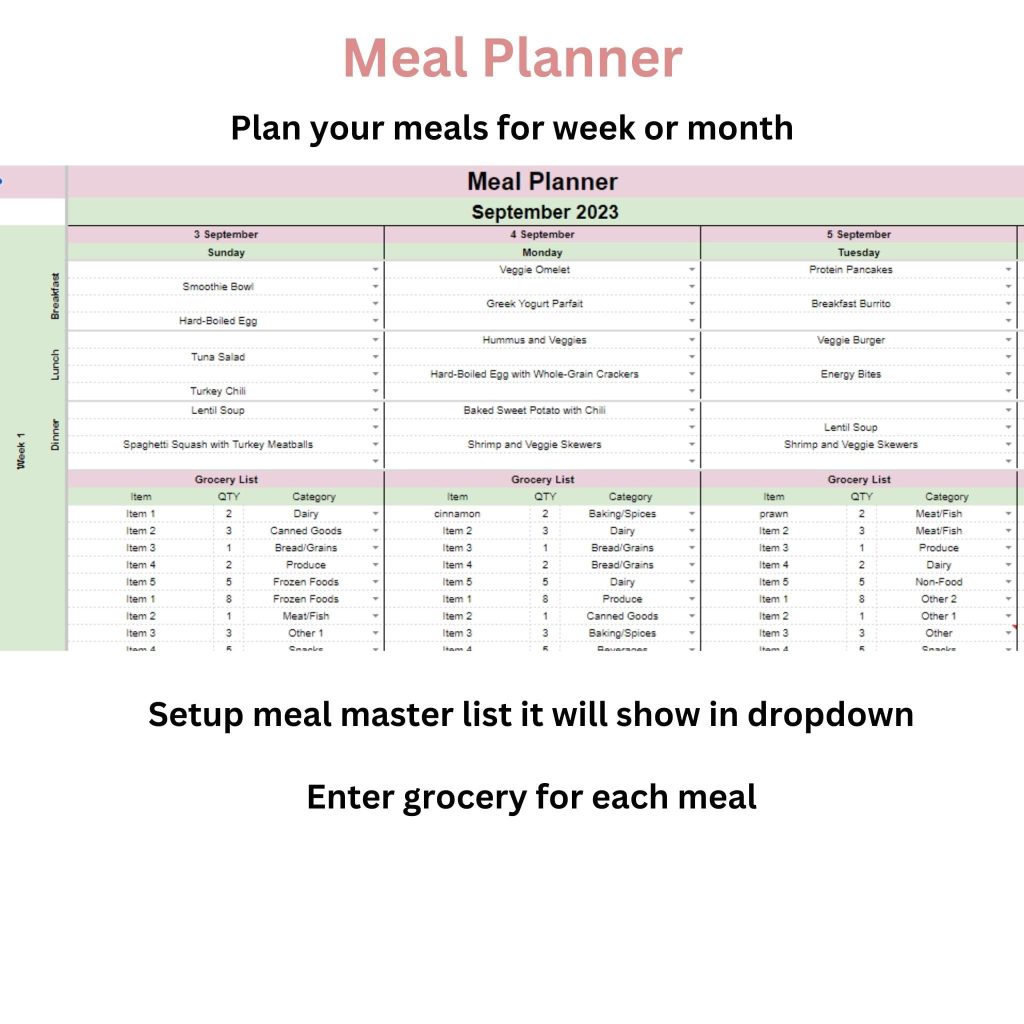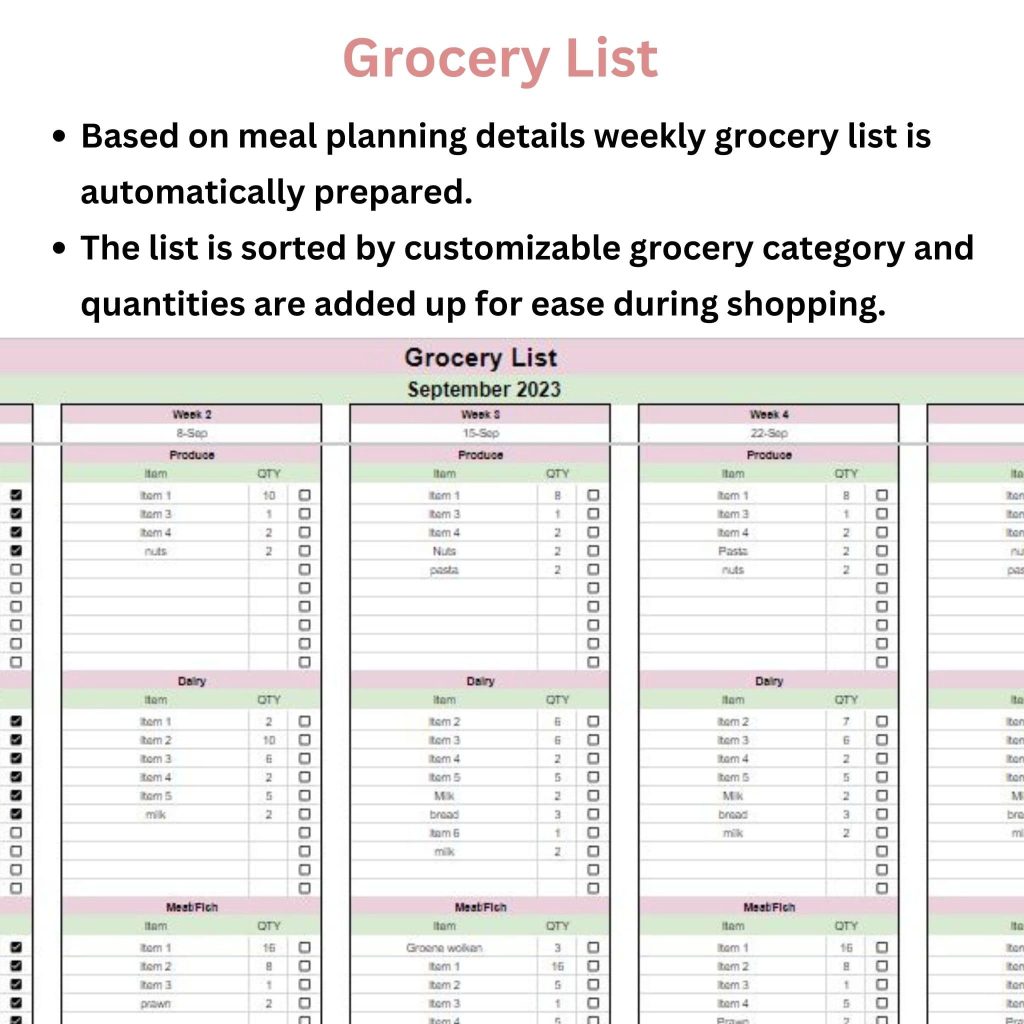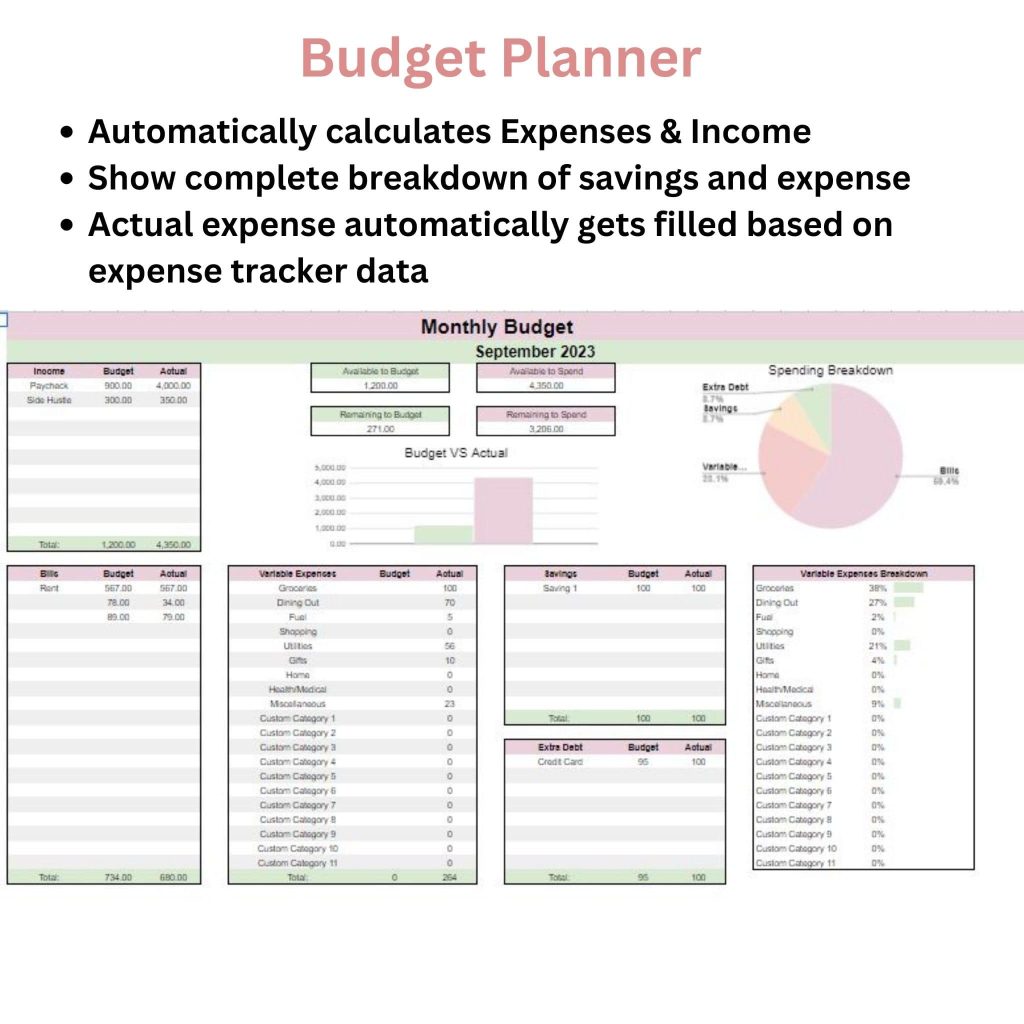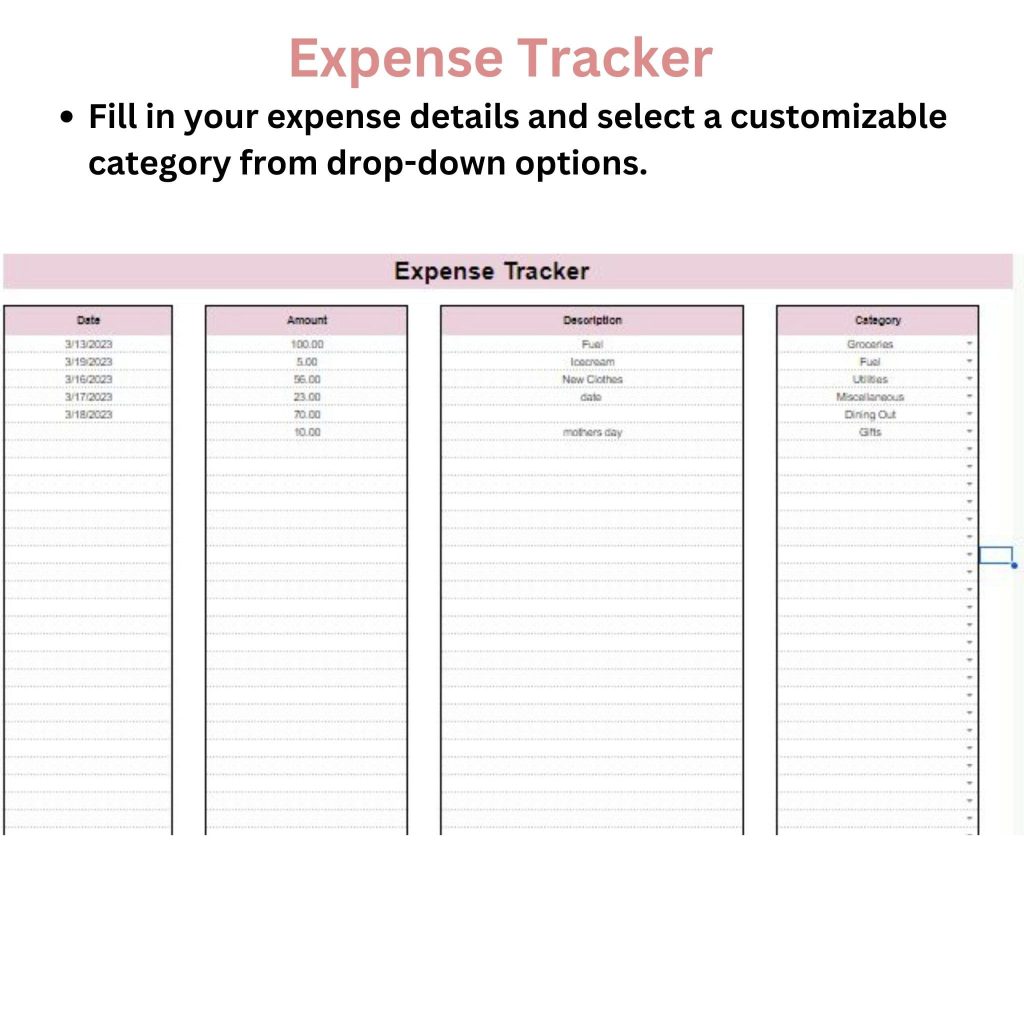How to Create a Daily Routine Schedule to Organize Your Day with the 8-8-8 Rule

With many things to take care of, we often find ourselves overwhelmed and lacking time to do everything. The best way to be productive is to have a daily schedule that fits your needs and life. By organizing time you organize life’s daily routines to make time for chores, work, and yourself. In this post, I am sharing how to create a daily routine schedule to organize your day with the 8-8-8 Rule. So that you can plan your day more effectively and customize it to your needs. Because we all have a different life and getting up at 5 am is not for all.
I am sharing the 8:8:8 rule that I use for organizing my life. By the end of this post, you will be able to organize your day and make a schedule for yourself that will cover all your needs.
Why Organize your Daily Schedule with 8-8-8 Rule?
Here are some of the benefits of following the 8-8-8 Rule
- Improved Productivity: Structuring your day into focused work hours can enhance productivity, helping you accomplish tasks efficiently.
- Work-Life Balance: Allocating specific time for work, personal activities, and sleep promotes a healthier balance between professional and personal life.
- Stress Reduction: Having designated time for relaxation and personal activities can help reduce stress and prevent burnout associated with continuous work.
- Better Time Management: The 8-8-8 Rule encourages individuals to manage their time more effectively by prioritizing tasks and allocating time intentionally.
- Consistent Routine: Following a consistent daily routine helps regulate circadian rhythms, contributing to better sleep patterns and overall stability.
What is the 8-8-8 Rule?
The 8-8-8 Rule is a concept that suggests dividing your day into three equal 8-hour segments for work, leisure, and sleep. This allows you to create a balanced and structured daily routine, ensuring that you allocate sufficient time for work-related activities, personal and leisure pursuits, and a full night’s sleep.
How to Organize Your Day to Be Productive
Now that you know the 8-8-8 Rule let us see in detail how to use this rule to organize your day and make a daily schedule. Here is the step-by-step guide to make your daily schedule.

1) Divide your day
You need to divide your day into 3 time blocks of 8 hours each this will be as below.
8 Hours of Work/ Study
This segment is dedicated to professional or academic activities. It includes tasks related to your job, career, or educational responsibilities. Structuring a focused and productive work period within these 8 hours can help you accomplish tasks efficiently.
8 Hours of Leisure and Personal Activities
The second segment is designated for personal and leisure activities. This time can be used for relaxation, hobbies, socializing, family time, exercise, and other non-work-related pursuits. It’s an opportunity to recharge and engage in activities that contribute to your overall well-being.
8 Hours of Sleep
The final segment focuses on sleep. Getting a consistent and adequate amount of sleep is crucial for physical and mental health. Allocating 8 hours for sleep supports better rest, helps in cognitive function, and contributes to overall well-being.
This is the general frame of the 8-8-8 Rule but feel free to tweak them a little based on your needs and lifestyle. For example, I find 7 hours of sleep sufficient for me so in my daily routine I take 7 hours of sleep and use the remaining 1 hour of the time block for my morning routine, as I find it essential to start the day on the right note.
2) Find Nonnegotiable Hours
Now that you are clear with the 8-8-8 Rule framework let’s get started with actual planning. So grab a notepad and pen to get into details. To organize your day with the 8-8-8 Rule for making your daily schedule, I recommend listing the time and duration for non-negotiable activities. These can be going to work, school, college, etc. These are things that must be done daily and at a fixed time for a fixed duration. These activities will fall in the 8-hour work block and you will most possibly have no scope to include anything in this block.
For example, if your work hour is 9 am to 5 pm it is complete 8 hours and you cannot include anything else in this time block. Identifying these non-negotiable hours is very important as it will form the structure of your daily time organization, you get clarity to not include anything in this and you get to plan other things in your day around it.
3) Play with the Negotiable Hours
Now that you are clear with the hours that are dedicated you can use the other 2 blocks of 8-hour time to plan and include things that you will love to do. The negotiable hours within this paradigm allow you to customize your day to align with your needs and choices and enable you to try variations in start and end times. You should also bear in mind that it is not necessary for you to do everything as a block of 8 hours you can split it into 4-4 hours, 2-2-2-2 hours, or 4-1-1-2, etc. as per your need. You will see more details on this as we discuss it further.
4) List everything you wish to do in a day
Now make a list of everything you wish to do daily. Making an effective daily schedule begins with a comprehensive list of tasks and activities that align with your goals and priorities. This detailed list serves as a foundation for structuring your schedule, helping you allocate time efficiently and prioritize essential activities. By listing everything you wish to do, you not only create a roadmap for your day but also gain a clearer perspective on how to balance.
Go ahead and write every minute detail of things that you would love to do and do not include any activity that you will do at work or school as they are taken case in the non-negotiable time block. I would recommend not to limit yourself thinking of unavailability of time. You are making a schedule for yourself, this is not the final schedule. Don’t skip any activity in the list just because you think you will not have time to do it.
5) Define durations
Once your daily activity list is ready go ahead and write the time you would need to complete these activities. Write time in minutes, For example, you may need 20 minutes to get ready for work. Be mindful of having realistic timeframes for each task, allowing for flexibility and avoiding over-commitment. And remember everything need not be done daily. For example, I would love to do yoga and go to the gym that doesn’t mean I need to do it every day I can do them on alternate days.

6) Make your time block
Now take a highlighter or color pens and mark similar activities together in a group. Grouping different daily activities together is a strategic approach to optimizing time management and enhancing overall efficiency. By categorizing similar tasks and performing them consecutively, you can minimize cognitive transitions and increase productivity. For instance, cleaning the house, washing dishes, and washing laundry into a designated time block helps maintain focus and reduces the likelihood of distraction. This intentional clustering of activities not only streamlines workflow but also allows for better utilization of energy levels throughout the day and creates a structure for the day. That makes you navigate through the day easily with a more organized and purposeful approach.
Next, add the time duration for each group of activities. This will make building the schedule in the next step much easier. To organize your day and organize your life, you should use my Spreadsheet Daily Life Planner
Daily Life Planner Spreadsheet (Daily dashboard shows exactly what you need to do today)
10 automated planners hyperlinked to the dashboard
$30 $20
- Plan everything in one place
- You get 10 planners in 1 for all life needs
- Interactive Daily Dashboard that shows everything you need to do for the day.
- It includes:Monthly Planner,Daily Routine Planner, Monthly, Weekly, Daily Habit Tracker, Goal Tracker,Cleaning Planner, Meal Planner, Automatic Grocery List, To-Do List, Budget Planner, Expense Tracker
7) Plan your First 8 Hour
I like to start with my daily schedule planning with the first 8 hours block of sleep. Planning your sleep time block by this rule involves allocating a consistent 8-hour period for sleep each night. Here is how you can plan it.
Determine Your Wake-Up Time:
Decide on a time you need to wake up every morning. This could be based on your work or other commitments.
Calculate Bedtime:
Subtract 8 hours from your chosen wake-up time to determine your bedtime. For example, if you need to wake up at 7 AM, your bedtime would ideally be 11 PM. You can adjust this as per your sleeping needs. For me 7 hours of sleep is sufficient, hence I prefer to split this block of 8 hours as 7 hours of sleep and 1 hour of morning routine.
Consistency is Key:
Try to go to bed and wake up at the same time every day, even on weekends. Consistency helps regulate your body’s internal clock.
Consider Sleep Quality:
It’s not just about the quantity of sleep; quality matters too. Ensure your sleep environment is comfortable, quiet, and dark. Limit screen time before bed to improve the quality of your sleep.
Create a Wind-Down Routine:
Establish a calming routine before bedtime to signal to your body that it’s time to wind down. This might include activities like reading, taking a warm bath, or practicing relaxation techniques. Most of us find it difficult to transition from work to personal life and relax. You should read my post 5 steps system to help you relax and unwind after a busy day
8) Plan your Second 8 Hour
The second 8-hour time block is for work. Here is how to plan your work time block.
Establish a Work Start Time:
Decide on a time to start your workday. This may depend on your job requirements, company policies, or personal preferences. For example, if you aim to follow a 9 AM to 5 PM schedule, your work start time would be 9 AM.
Lunch Break:
Allocate time for a proper lunch break. Use this time to step away from your work area, eat a nutritious meal, and recharge.
Set End-of-Day Time:
Determine the time when you want to finish your workday. This might align with the traditional 5 PM end-of-day, or it could be adjusted based on your schedule and job requirements.
Schedule Breaks:
Plan short breaks throughout the day to recharge and avoid burnout. To be productive you need to ensure to take care of yourself at work too. You can read my post 10 self-care at work tips for your wellness at the workplace, this post will help you make meaningful use of your break time at work.
Reflect and Adjust:
Regularly reflect on your work schedule and adjust it as needed. If certain tasks consistently take longer than expected, or if you’re feeling overwhelmed, consider reevaluating your priorities and time management strategies.
For more details on planning your work hours, you can read my post
12 Smart Strategies to Help You Work Smarter, Not Harder
The Ultimate Guide to Stay Organized at Work
12 tips to boost your productivity at work
9) Plan your Third 8-Hour
The third time block of 8 hours is for chores of life and recreation. This includes your day-to-day activities, and chores that are required for running a home and life smoothly and things bring you joy, relaxation, and personal fulfillment. Planning these 8 hours is a little more tricky but with the routine task identification and the time they need to complete discussed in point no. 6, this will be easy. Here is how you can plan these 8 hours of your day.
Start by deciding the split of 8 hours:
You can use these 8 hours consecutively by sequentially planning all the activities you wish to do. However, it will not be realistically feasible to do so. Hence I suggest splitting these 8 hours into smaller time blocks. This will allow you to make meaningful use of your time and help you feel relaxed throughout the day. For example, you can split it into 3 hrs and 5 hrs. The first 3 hrs can be used before work and the next 5 hrs can be used after work.
Determine your commute time:
Most people spend a lot of time for commute and this is not considered in this 8-8-8 rule. So based on your work time and your commute duration include it in this block of time. If you work for less than 8 hours a day you can include this in your work time block of 8 hours or if you work from home you can skip this.
Determine the start time and end time:
Based on sleep, commute, and start and end time of the work determine the start and end time for the group of activities you have determined in Step 6. This can include your household chores, morning and evening routine, self-care time. Here is a quick way suggested by some to help you know how to spend your time.
- 3F- Family, Friends, Faith
- 3H- Health, Hygiene, Hobby
- 3S- Self care, Soul, Service
This is your time, you can plan to use it in any way you like. For more ideas on using this time read
5 steps to build a morning routine before work that is best for you
Simple After work evening routine to keep you sane
50 Good morning routine ideas that suits everyone
100 actionable 30 day Self Improvement Challenge Ideas
10) Fix the pieces and organize your day
Now that you have determined the time and duration of how you are going to use your 8 hours. It is time to put all these time block pieces together and organize your schedule. I like to start with the wakeup time followed sequentially adding all the other activities in the increasing order of time. So that it is easy to follow and start with a new day. Which in brief looks like Wake up – Morning routine – House chores – Work – Me time- Family time – Sleep. You can make it as per your preference.
Pin to refer later.

Conclusion
So that’s How to Organize Your Day with the 8-8-8 Rule, I am sure following these steps you will be able to make a daily schedule for yourself that is just for your needs and will give you a a well-rounded and balanced lifestyle. You will be able to get enough sleep, get things done and have much-needed me time. To make daily planning and track your task effectively, check out Daily Life Planner
Related posts you may like:

